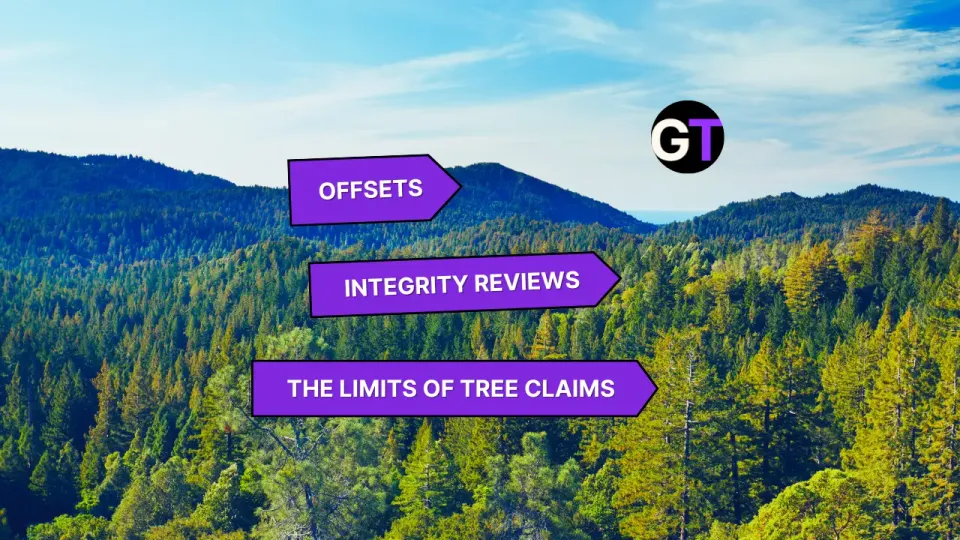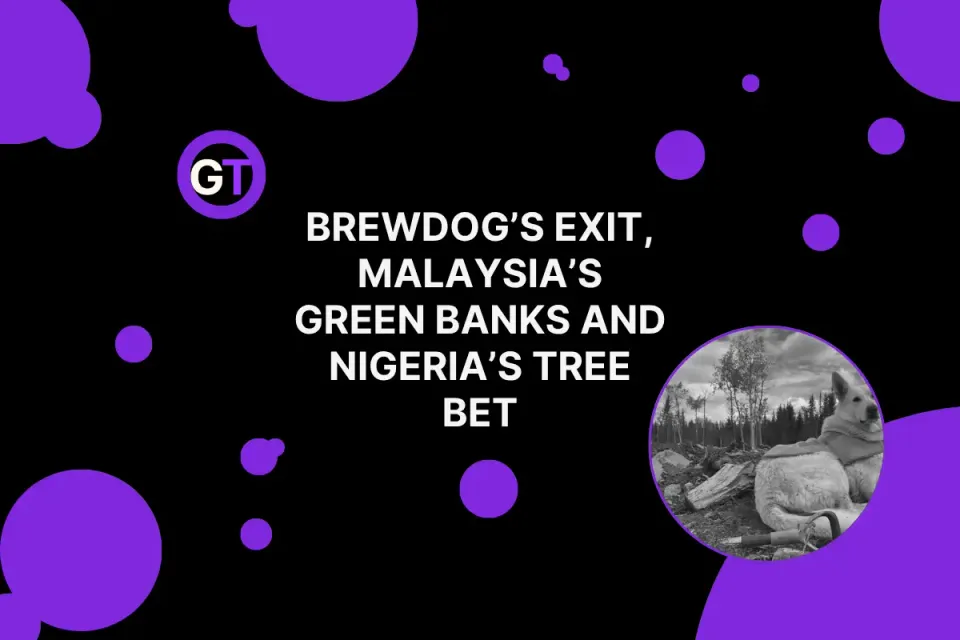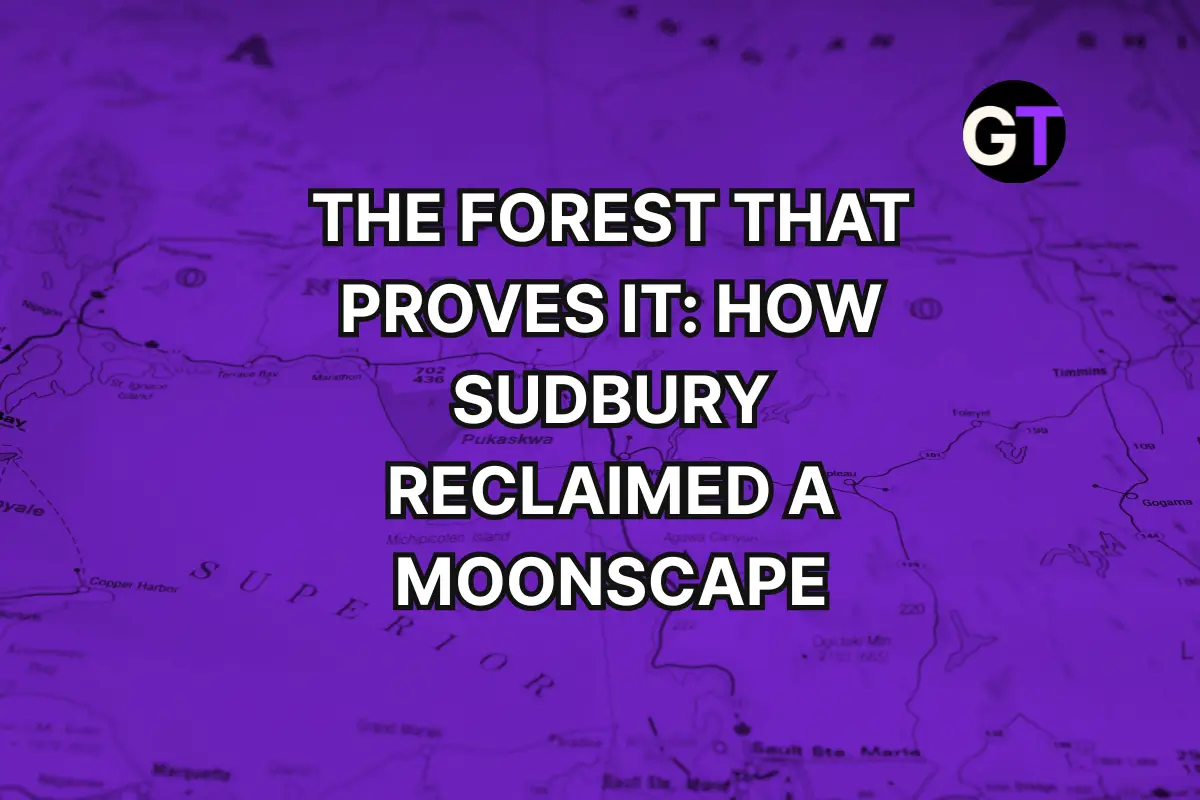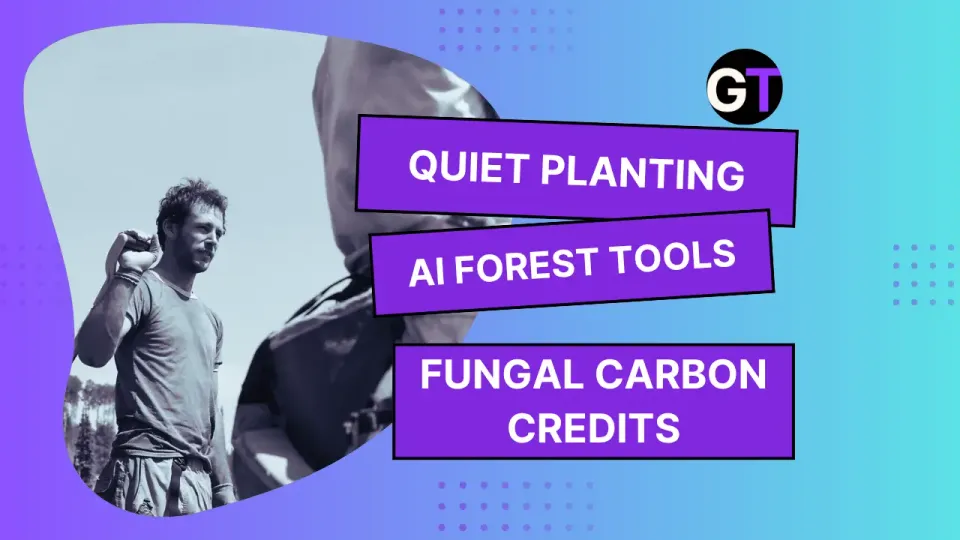Blue Carbon Tools, Brazil’s Pitch and California’s Push
From Brazil’s pasturelands to California’s wildfire plans, new funding models test how far restoration can go—and who it really serves.
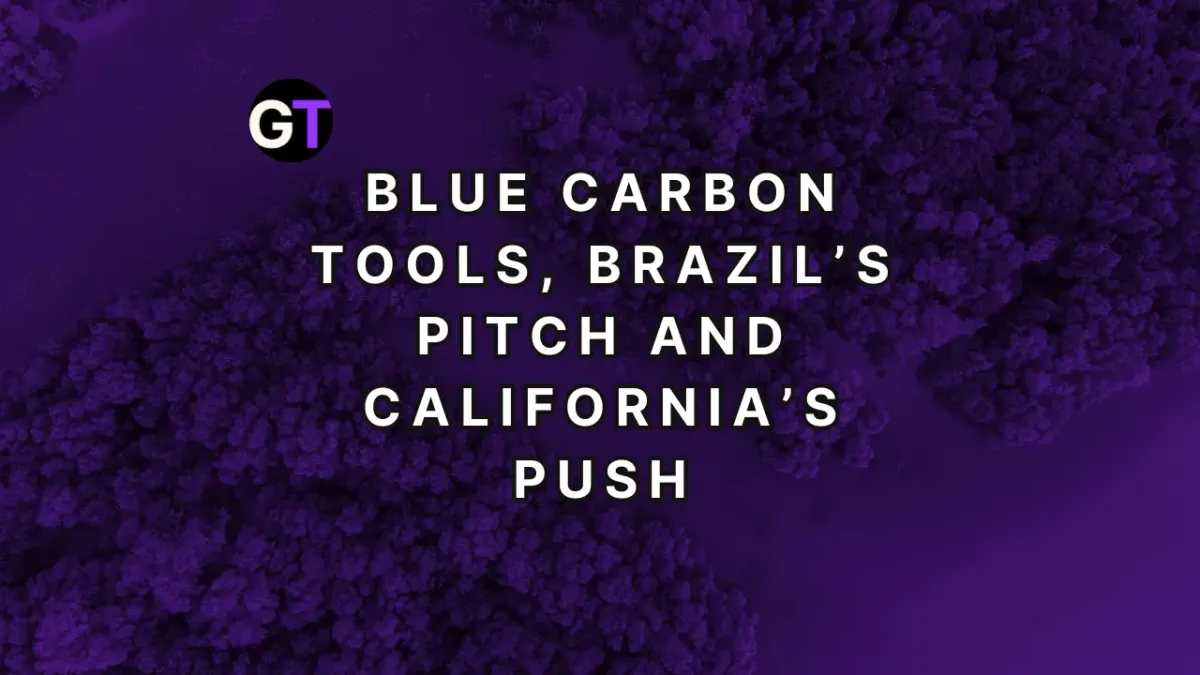
Brazil’s $141 Billion in Forest Restoration—Investor Flag or Green Light?
A recent Orbitas report — Room to Grow: The Economic Case for Forest Restoration in Brazil — lays out big numbers and opportunity. Over the next 30 years, restoring degraded pastureland in Brazil could unlock up to USD 141 billion in value, create nearly 370,000 jobs annually, and sequester 451 million tonnes of CO₂e per year by 2050. The report says Brazil has up to 60 million hectares of pastureland ripe for restoration, with internal rates of return (IRRs) soaring as high as ~169% under favorable scenarios. But the catch is real: policy support, finance instruments, and markets will all have to line up.
💬 With forecasts this rich, how much of Brazil’s restoration potential will actually attract serious capital—and how much will remain potential?
👉👉 Read more in the Orbitas Finance report
The Carbon Market Paradox, Unpacked
Veteran climate reporter Steve Zwick has a message for journalists, critics, and carbon market optimists alike: it’s not about certainty—it’s about probability. In his new book The Carbon Paradox, Zwick lays out why forest finance is messier than headlines suggest, but also more essential. He doesn’t downplay the risks—baseline drift, leakage, public skepticism—but insists that good methods, revisited and revised, still deliver net climate benefit. His core critique? Carbon markets are judged on an imaginary standard of perfection, while the status quo—extraction, deforestation, slow-moving aid—gets a pass.
💬 Forest carbon may never be clean or simple, but if we throw it out, what’s left to fund nature at scale, now?
👉👉 Read the full interview in Mongabay
Forests Canada Celebrates 50 Million Trees Funded—But What Grows From Here?
Forests Canada is celebrating a funding milestone: 50 million trees planted across the country with its support. A ceremony next week at Ontario’s Ferguson Tree Nursery will include speeches, a guided tour—and, of course, one more tree in the ground. The nonprofit touts this as a success in building reforestation infrastructure and inspiring environmental stewardship. Still, behind the milestone, the usual questions apply: what kinds of forests, where, and how lasting is the impact?
💬 What kind of forest recovery does this funding really support—and how will its impact be measured?
👉👉 Read the press release here
California’s Climate-Forest Funding Jump—But Is It Enough?
California just passed a sweeping set of reforms that lean hard into both forest finance and climate mitigation. Among the headline moves: extending the cap‑and‑invest program to 2046, putting offsets and carbon removal front and center, and carving out explicit budget lines for Forest Health and Wildfire Prevention. An $18 billion replenishment of the state’s Wildfire Fund is perhaps the clearest signal of where money will flow. Policies like SB 88, which mandates lifecycle assessments of forest and agricultural biomass, suggest a growing recognition that forest‑based and biomass‑based carbon tools are emerging not just as eco‑theory, but as billable, fundable parts of the state’s climate toolkit.
💬 With this influx of forest‑related funding, how will California ensure that grants, markets, and credits stack up in transparency and ecological integrity—not just headline numbers?
👉👉 Read more in Net Zero California
FMO’s Frontier Fund: Independent Review Flags Impact and Cost Trade-Offs
A third-party evaluation of FMO’s MASSIF Financial Facility (MFF) affirms its strategic value in high-risk frontier markets—backing early-stage ventures, first-time fund managers, and underserved regions where private capital often won’t tread. But while the €400 million fund has bold ambitions, the review surfaces key operational frictions: elevated costs relative to disbursement, patchy impact tracking, and limited evidence on financial additionality.
💬 Can frontier-focused public finance deliver catalytic outcomes and stay financially disciplined—or are trade-offs inevitable in the margins?
👉👉 Read the full evaluation by ADE from FMO
Two Forest Finance Tools, One Shared Goal
Tropical forests aren't just carbon sponges—they're climate MVPs, cultural vaults, and economic lifelines. But saving them still pays less than slashing and burning. A new paper from Brazilian and international experts offers a refreshingly pragmatic fix: combine Jurisdictional REDD+ (JREDD+), which rewards proven emissions cuts, with the Tropical Forests Forever Facility (TFFF), which funds the prevention side—keeping standing forests standing. This duo could plug over half of the $16B annual forest finance gap.
💬 Can this carbon-cutting tag team finally give forest nations the cash runway they need—before COP30 turns into just another climate PowerPoint?
👉👉 Read more on Ecosystem Marketplace
The Price Is Right (Now): A Smarter Way to Invest in Blue Carbon
Blue carbon ecosystems—mangroves, marshes, and seagrasses—are like nature’s Swiss Army knife: they suck carbon, buffer coastlines, boost biodiversity, and prop up local economies. So why are they still underfunded and overexploited? Blame murky cost data and a chronic case of investor skepticism. Enter the Blue Carbon Cost Tool (BCCT)—a first-of-its-kind platform from The Nature Conservancy, Vizzuality, and Bain & Company that spells out where to invest, how much it'll cost, and what the climate payback looks like. It’s transparent, customizable, and just might be the clarity shot the blue carbon market desperately needed.
💬 Can a dashboard finally bring blue carbon out of the donor swamp and into the big-leagues of climate finance?
👉 Dive into the deep end with The Nature Conservancy
Chestnut Carbon Just Bagged $250M—And They're Not Just Planting Trees
U.S.-based afforestation startup Chestnut Carbon just leveled up its Series B round to a chunky $250 million, thanks to a fresh $90M injection from repeat backer CPP Investments. Their thing? Turning underused American farmland into future forests—and selling Gold Standard-certified carbon removal credits to net-zero-hungry companies. With 60,000 acres already in the bag across the southern U.S., this new funding will fuel more land grabs and ramp up their forest-modeling tech stack. TL;DR: Trees + tech = carbon credits that don’t smell like greenwashing.
💬 Can a forestry-first CDR firm backed by pension cash scale fast and stay legit in the carbon credit game?
👉 Full scoop via Carbon Herald
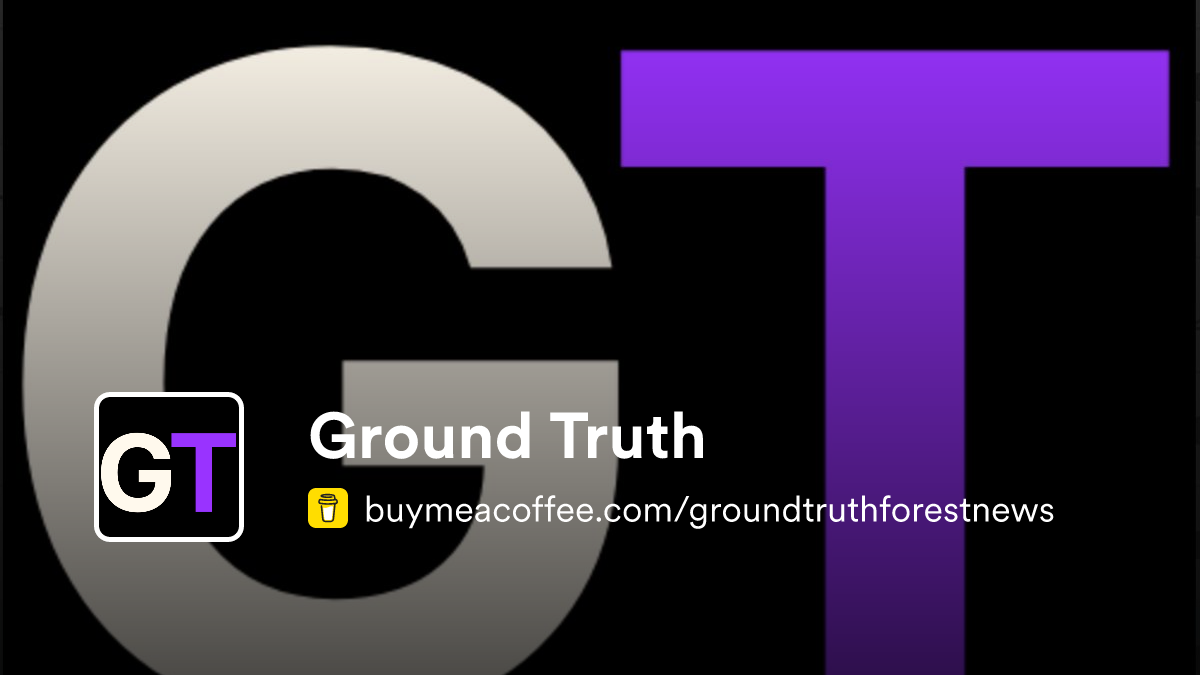
Edited by Chris Harris

This work is licensed under a
Creative Commons Attribution 4.0 International License.


